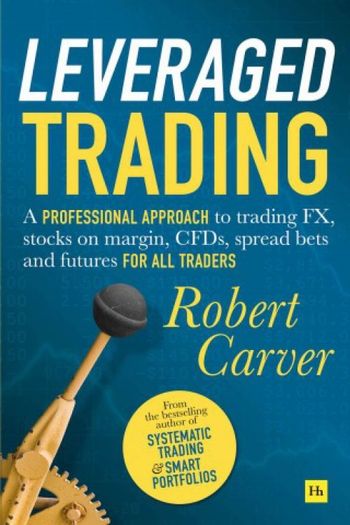0007
Senior member
- Messages
- 2,377
- Likes
- 665
In addition to this excellent ongoing stuff that Sharky is giving to us, there is also some not-immediately-apparent benefit for traders who aren't participating in the "automation" route. The algos that Sharky has referenced can provide the basis for some very sound manual trading systems. You can put the algo into a scanner and come up with a decent list of potential trades, in order of quality preferably, before you ever get near to opening a chart. I've been doing it that way for a long time and for anyone just starting out, if you haven't tried it you will be surprised at how much work it saves. There is nothing quite as gonad-aching as going through the SP 500 constituent charts from start to finish just looking for something that seems "right" – and ending up completely chart-dazed with subsequent matching results.
A suitable scanner is one of my best trading tools!
A suitable scanner is one of my best trading tools!

